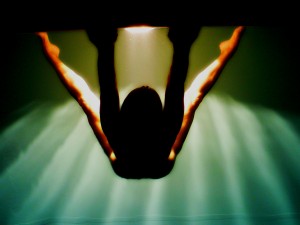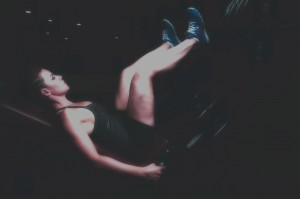Back pain
Back pain isn’t normal. Our London osteopath sees low back pain; sciatica; musculoskeletal issues; sports injury.
Sciatica
Studies show high prevalence of sciatica. It’s not as uncommon as we think. We offer chronic pain solutions, functional posture assessment and comprehensive care pathways.
Did you know?
There are around 5,000 osteopaths in the UK who undergo an extensive, four-year training and are a closely regulated profession with very high standards.
Our reviews show what optimising health means to medical doctors, the elderly, high performance CEOs.
Low back pain is commonly seen by London osteopath Susannah. But we’re all in need of personalised care and advice. Either an osteopath or chiropractor might employ spinal manipulation or adjustment “back crack”, to free up joints that have become compressed. Spinal manipulation is one physical therapy technique we offer as part of a whole spectrum of treatments that are effective for musculoskeletal conditions. Find out what osteopathy feels like if you’re not sure. 0207-060-3181
Find out what happens when a new patient comes to our London clinic for osteopathy with Susannah here.
Osteopath In London
Osteopaths and chiropractors undergo four years of training, and must complete a programme of further education every year in order to be allowed to stay on the General Osteopathic Council register and the General Chiropractic Council, respectively.
Any chiropractor who is not on the register is practising illegally. Similarly, under the Osteopaths Act 1993, it is an offence for anyone to describe themselves as an osteopath, either expressly or by implication, unless they are registered.
People are advised never to visit a chiropractor or osteopath without first checking their credentials – and with good reason.
Susannah is registered with the General Osteopathic Council.
Spinal Manipulation therapy
Osteopaths generally work across the whole body, regarding it as a single, functional unit. They concentrate more on soft tissues and stretching, using manual therapy. Your osteopath may suggest exercises to promote posture correction.
If we ignore the warning signs of neck pain and back pain we might end up with a problem requiring urgent attention or one that requires us taking rather a lot of time off work. We describe this service, not as a a luxury, but rather an investment. If we don’t change, our posture will and so our optimal health goals diminish.
We take greater risks from this point onwards. It takes longer to fix a problem the longer it has been there.
Ask us what we can do for you. Find out exactly what it is you’re investing in. This way you’ll not only know what you’re getting but you’ll never find this type of knowledge or experience elsewhere. It’s not found in a product and it’s a personalised type of care that takes years of experience to deliver. Knightsbridge osteopathy. If it’s good enough for Gwyneth…






